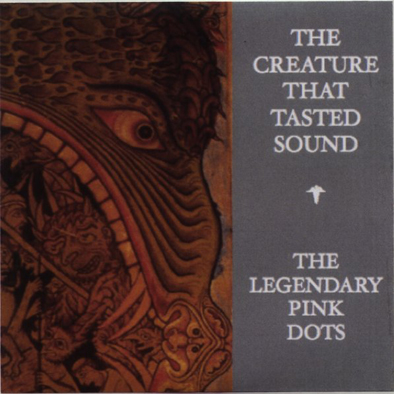 This is the kind of release that easily could fall through the cracks, as it is merely one humble CDR amidst a daunting slew of higher profile reissues, remasters, and Edward Ka-Spel solo efforts.  On one hand, that makes some sense, as much of the material is very abstract and atmospheric.  On the other hand, the narrative title piece captures Ka-Spel at his most bizarre and compelling and should not be missed by anyone interested in his work.
This is the kind of release that easily could fall through the cracks, as it is merely one humble CDR amidst a daunting slew of higher profile reissues, remasters, and Edward Ka-Spel solo efforts.  On one hand, that makes some sense, as much of the material is very abstract and atmospheric.  On the other hand, the narrative title piece captures Ka-Spel at his most bizarre and compelling and should not be missed by anyone interested in his work.
 Lush only recorded three albums, but the amount of music the group amassed in their brief career is astounding. I count four distinct phases in their time: an an abrasive noise phase followed by a wall-of-sound (shoegaze?) prettiness, a brief flirt with some deep introspection, and ending with Britpop. Now that they have announced their re-emergence, 4AD has assembled this collection which I'm excited about, yet only slightly annoyed at.
Lush only recorded three albums, but the amount of music the group amassed in their brief career is astounding. I count four distinct phases in their time: an an abrasive noise phase followed by a wall-of-sound (shoegaze?) prettiness, a brief flirt with some deep introspection, and ending with Britpop. Now that they have announced their re-emergence, 4AD has assembled this collection which I'm excited about, yet only slightly annoyed at.
 Recently reissued by Staalplaat, this massive 1995 double-album is one of the jewels in Bryn Jones' "industrial phase" and a serious contender for one of the finest albums in the entire Muslimgauze oeuvre.  Naturally, it is packed full of percussion experiments and plenty of obsessive "locked groove" repetition, but Izlamaphobia is unusual among Muslimgauze albums in that Bryn seemed to have had so many great ideas that he did not resort to self-cannibalizing or reworking much at all.  Also, he seemed to have experienced an atypical window of patience and lingered on this album long enough to flesh-out his grooves with some great dub touches rather than just immediately launching into his next project.  Anyone annoyed by the fact that most Muslimgauze songs are just percussion vamps will probably still fail to warm to this release, but Izlamaphobia unquestionably boasts some of the most vibrant and inventive loops of Jones' career.  More importantly, it is simply a great album from start to finish.
Recently reissued by Staalplaat, this massive 1995 double-album is one of the jewels in Bryn Jones' "industrial phase" and a serious contender for one of the finest albums in the entire Muslimgauze oeuvre.  Naturally, it is packed full of percussion experiments and plenty of obsessive "locked groove" repetition, but Izlamaphobia is unusual among Muslimgauze albums in that Bryn seemed to have had so many great ideas that he did not resort to self-cannibalizing or reworking much at all.  Also, he seemed to have experienced an atypical window of patience and lingered on this album long enough to flesh-out his grooves with some great dub touches rather than just immediately launching into his next project.  Anyone annoyed by the fact that most Muslimgauze songs are just percussion vamps will probably still fail to warm to this release, but Izlamaphobia unquestionably boasts some of the most vibrant and inventive loops of Jones' career.  More importantly, it is simply a great album from start to finish.
 Eight years can be a lifetime in music (the entire Beatles career spanned eight years, for example). In 2007 the first track from this album showed up, "Party Pills," and it seemed as if the forthcoming Soft Pink Truth album was bound to be a killer. Eight years later the full-length has finally surfaced, and, well, it sure as hell is.
Eight years can be a lifetime in music (the entire Beatles career spanned eight years, for example). In 2007 the first track from this album showed up, "Party Pills," and it seemed as if the forthcoming Soft Pink Truth album was bound to be a killer. Eight years later the full-length has finally surfaced, and, well, it sure as hell is.
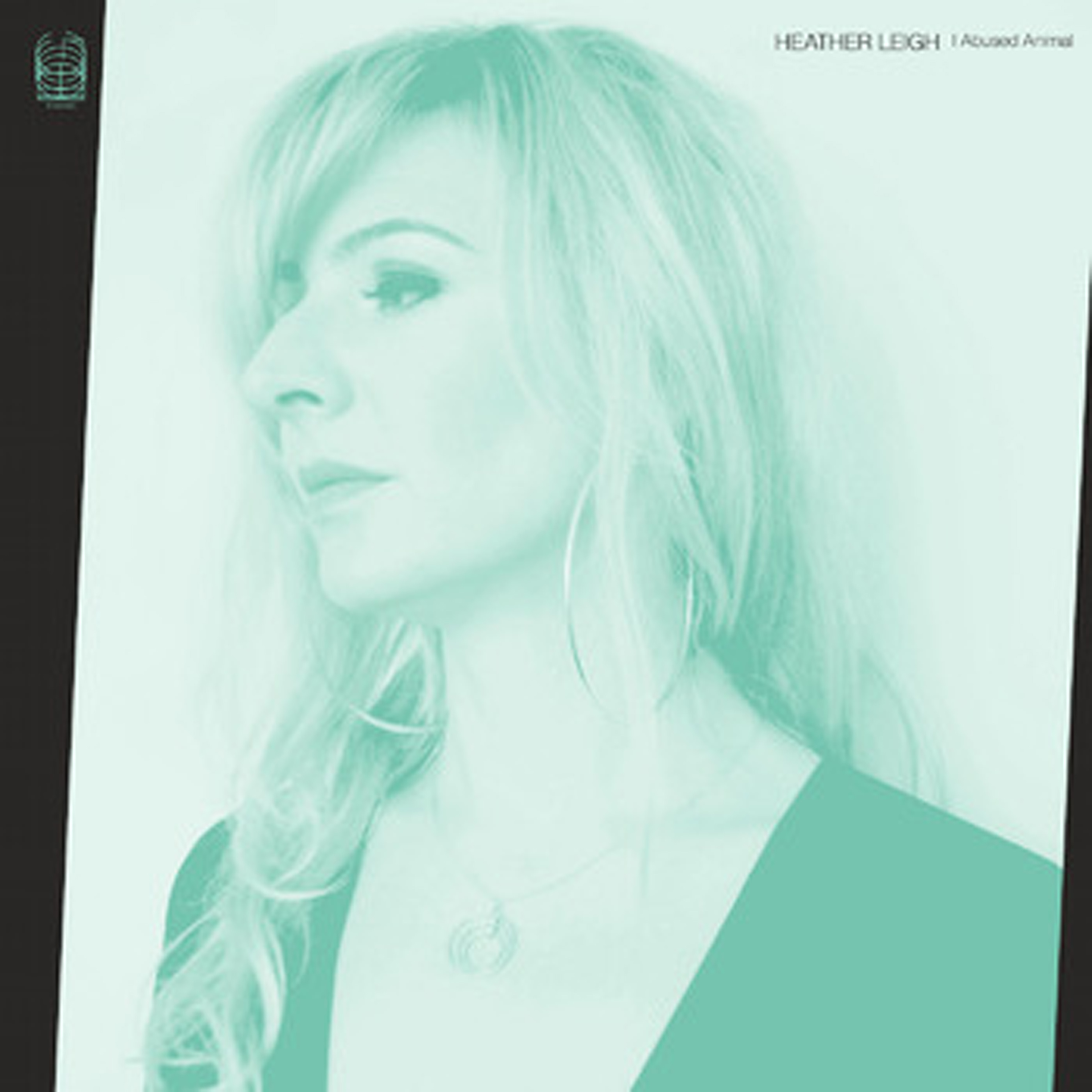
Improbably, this is Leigh’s first true solo studio album after a slew of limited edition home recordings and a lengthy and illustrious career of collaborating with damn near every major artist in the fringes of the improv music scene (Jandek, Chris Corsano, Peter Brötzmann, Smegma, etc.).  Given the volume and diversity of her previous work, I was not at all sure what to expect from I Abused Animal.  I know I did not expect it to sound like it actually does though.  While there is certainly a fair amount of Leigh's distinctively warped and iconoclastic guitar playing, Animal often feels far more like an otherworldly outsider folk album than the work of an experimental/improv guitar luminary.  For the most part, that was a sound directional choice, as Animal is a legitimately unique and compelling album.  I suspect it will probably be a bit too strange and hermetic for some listeners, but that is their problem.
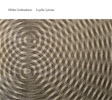
On her third solo album (the title being Icelandic for "Allow the Light"), Hildur Guðnadóttir presents a performance that is entirely live (without audience) of just cello, voice and electronics, which begins deceptively simple, but is soon molded into a rich work of intimate beauty as much as it is a complex study of the most rudimentary sounds in a compelling structure.
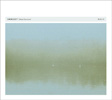
The underlying concept on Below Sea Level is Simon Scott's study of the fens in East Angila, a bit of formerly marshy land that he visited many times in his youth. Utilizing hydrophones and other home made recording devices, Scott captures the sound both around and below sea level (hence the title) and processes it into an often unrecognizable, but nonetheless fascinating world of sound that conveys the nostalgic feelings Simon intended to.
 On their debut EP, Relations deliver four tracks that could come across as hipster synth-pop nostalgia, but the earnestness and catchiness of the songs make that a non-issue, resulting in a set of tracks that sound familiar, yet new to anyone who grew up with the music of the early 1980s.
On their debut EP, Relations deliver four tracks that could come across as hipster synth-pop nostalgia, but the earnestness and catchiness of the songs make that a non-issue, resulting in a set of tracks that sound familiar, yet new to anyone who grew up with the music of the early 1980s.
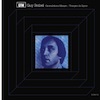 Despite recording some landmark works with GRM (including a masterful triple LP with Pierre Schaeffer in the '60s), Guy Reibel is a name that is often forgotten when discussing musique concrète. While fame (as far as fame for experimental 20th century composers goes) has eluded him compared to other members of the GRM, his music has always delivered. This album, originally released in 1978, shows Reibel in particularly good light as he creates an unprecedented, and since unmatched, sonic vocabulary.
Despite recording some landmark works with GRM (including a masterful triple LP with Pierre Schaeffer in the '60s), Guy Reibel is a name that is often forgotten when discussing musique concrète. While fame (as far as fame for experimental 20th century composers goes) has eluded him compared to other members of the GRM, his music has always delivered. This album, originally released in 1978, shows Reibel in particularly good light as he creates an unprecedented, and since unmatched, sonic vocabulary.
The last composition saw  Pierre Schaeffer break from his long standing experiments with manipulating recordings of real-life sounds, away from the concrète and closer to something more akin to the electronic works of Henri Pousseur or Karlheinz Stockhausen. Utilising only synthesized sounds, this album is a tantalizing glance down a path that Schaeffer never fully explored but based on these pieces, the results of such explorations would be mind-blowing.
Pierre Schaeffer break from his long standing experiments with manipulating recordings of real-life sounds, away from the concrète and closer to something more akin to the electronic works of Henri Pousseur or Karlheinz Stockhausen. Utilising only synthesized sounds, this album is a tantalizing glance down a path that Schaeffer never fully explored but based on these pieces, the results of such explorations would be mind-blowing.



